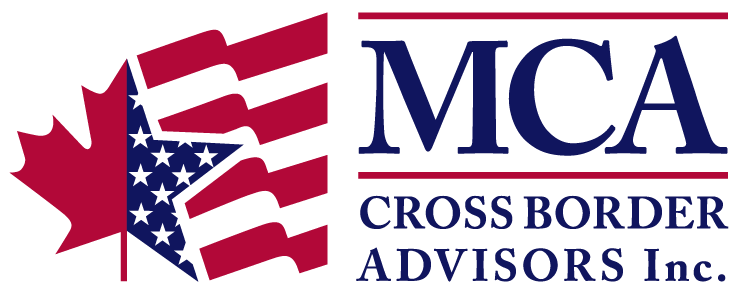“The future belongs to those who prepare for it today.”
– Malcolm X
The new Liberal government was clearly inspired by Malcolm X, even if his motivations had nothing to do with increasing the Canada Pension Plan (“CPP”) program; one of Justin Trudeau’s first acts as Prime Minister was to increase CPP as a means to help battle the retirement shortfall of Canadian middle-income earners.
Trudeau is hoping to assuage a relatively new problem. After World War II, Canadians were able to rely on their defined pension plans as a source of stable retirement income when they stopped working. Over the last two decades, however, defined pension plans have all but vanished. In 1971, almost half the men in the workforce had a defined pension plan. By 2011, that number had been cut in half. We are now facing a serious issue: a large portion of Canadians have not saved sufficiently to support their retirement.
In order to address this issue, Liberals have employed changes that make the current CPP program more robust. Currently, Canadian workers and employers who earn up to a maximum of $54,900 per year pay 4.95% of their salaries into the CPP. People earning more than $54,900 do not contribute to CPP above that level, nor do they earn any additional pension benefits. At the retirement age of 65, people are paid a maximum annual pension of $13,110 under the current program. The new CPP program will increase the contribution percentage by 1% from 4.95% to 5.95%. As a result, upon retirement, those earning $54,900 a year, will see their annual pension payment increase by approximately $4,400 a year to $17,500 (in today’s dollars).
A second change to the CPP program addresses the maximum amount of income covered by CPP: by 2025, when the new program is fully phased in, CPP will apply to wages earned above $54,900, up to a maximum of about $82,700. This means higher-income workers will be eligible to earn CPP benefits on a larger portion of their income. For a worker at the $82,700 income level, CPP benefits will rise to a maximum of about $19,900 a year in current 2016 dollars. The contribution percentage for income levels between $54,900 and $82,700 will be 4% instead of 5.95%.
Hopefully, the increase in CPP benefits will encourage Canadians to do proper planning and to seriously contemplate the most optimal time for them to apply for CPP. One challenge revolves around the Old Age Security (“OAS”) clawback, which forces individuals to pay back at least a portion of their OAS pension income, should their taxable income exceed a specific threshold. ($72,809 in 2016). An increase in CPP benefits could lead to a person’s income quickly surpassing that income threshold, thereby triggering the OAS clawback. Although CPP and OAS income on their own will not push you over the clawback threshold, combined with other income sources such as employment income or investment income, you could be put in a precarious position: once your income reaches approximately $118,000, your OAS benefit will be completely eliminated. Thus, if you foresee a drop in your future employment or investment income, it may be prudent to delay your OAS application until that point, so that you can try to prevent the increase in CPP benefits from triggering the OAS clawback.
Canadian residents who are planning to retire in the US will benefit from the IRS’s taxation of pensionable incomes, which includes CPP. In Canada, a Canadian resident is taxed on 100% of his or her pension, while the IRS only taxes 85% of Social Security income. According to the US Canada Tax Treaty, CPP and OAS receive the same tax treatment from the IRS as Social Security and thus US residents can benefit from being taxed on 85% of OAS and CPP income. In addition, the US has lower federal marginal tax rates than Canada. This means that the pension income a Canadian individual receives in the US will be taxed more favorably, potentially leading to significant savings. Moreover, the OAS clawback is not applicable to US residents, so Canadians who retire in the US will not be subject to the clawback. This could represent a tremendous savings for Canadian residents considering a move to the US.
Please contact MCA Cross Border Advisors should you have any cross-border pension-timing inquiries or any other cross-border financial planning questions.
[su_button size=”6″ url=”https://mcacrossborder.com//consultation/” background=”#10155e”]Request a Consultation[/su_button]
——–
MCA Cross Border Advisors, Inc. is a registered investment adviser. Information presented is for educational purposes only and does not intend to make an offer or solicitation for the sale or purchase of any specific securities, investments, or investment strategies. Investments involve risk and, unless otherwise stated, are not guaranteed. Be sure to first consult with a qualified financial adviser and/or tax professional before implementing any strategy discussed herein. Past performance is not indicative of future performance.

